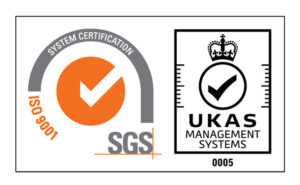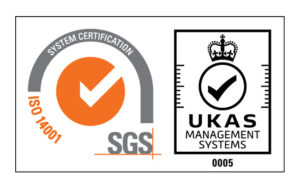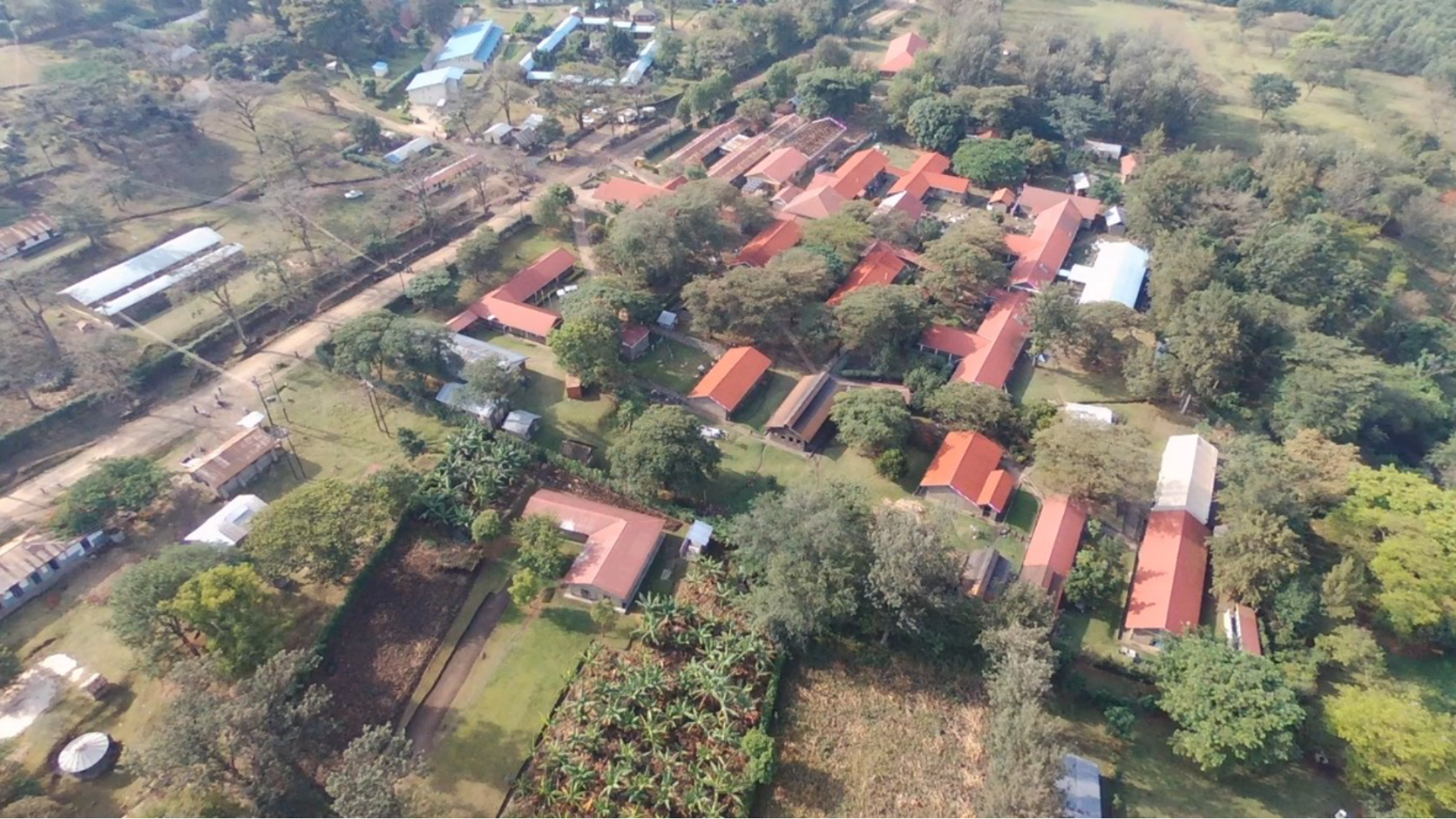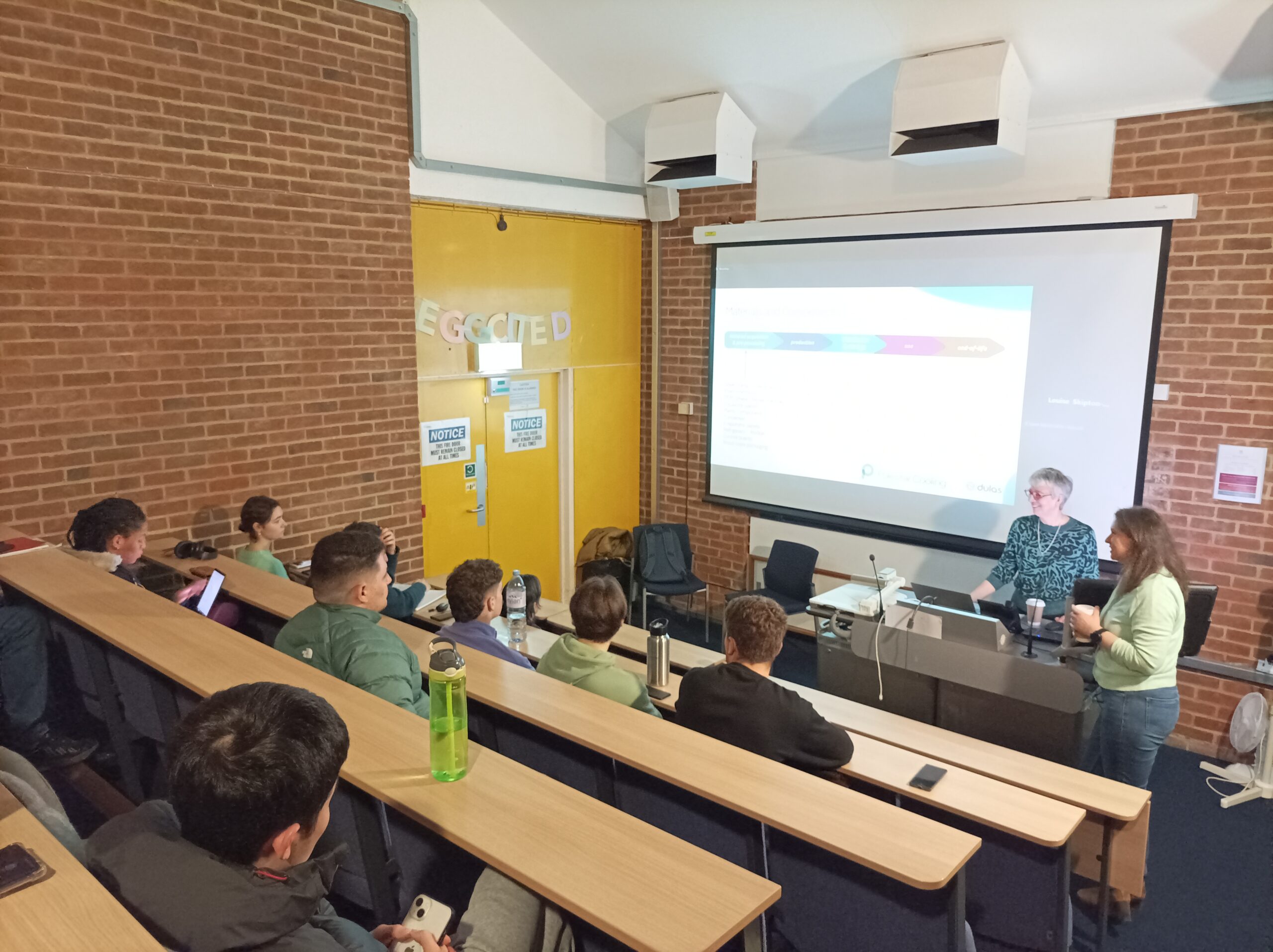Interest in off-grid power generation is growing. We asked Nick Smith, Senior Electrical Engineer at Dulas, to answer some of the key questions arising from the supply of power to remote locations.
Q: What drives the need for off-grid power generation?
A: As anyone in the power generation industry is aware, the challenges often revolve around getting power from the point of generation to where it is needed. Although the UK has what is described as a ‘national’ grid, in reality, its reach and capacity are limited.
These same limitations also work in reverse, in that it can be technically difficult or economically unjustifiable to extend the grid to remote locations. This is where locally-generated power using renewable sources can be the ideal solution, although this comes with its own challenges.
We’ve been looking at how power can be generated and stored in remote locations using a combination of solar power and BESS (Battery Energy Storage Solutions).
Q: What experience does Dulas have in this field?
A: Generation in areas with no or limited access to mains electricity has been a core activity in our international division for several decades. We are one of the world’s leading suppliers of solar-powered vaccine refrigerators to areas where electrical power is either non-existent or in short supply. Such areas are typically in or near the tropics, so the hot temperatures and absence of a consistent electricity supply created real problems for distributing vaccines – which nearly always need to be kept refrigerated to remain effective – to people who live in these places. On the other hand, the same areas tend to get a lot of strong sunlight. Dulas was the pioneer of using this abundant energy source to directly power refrigerators housing the vaccines close to where they’re needed. Literally thousands of lives have been saved since their introduction.
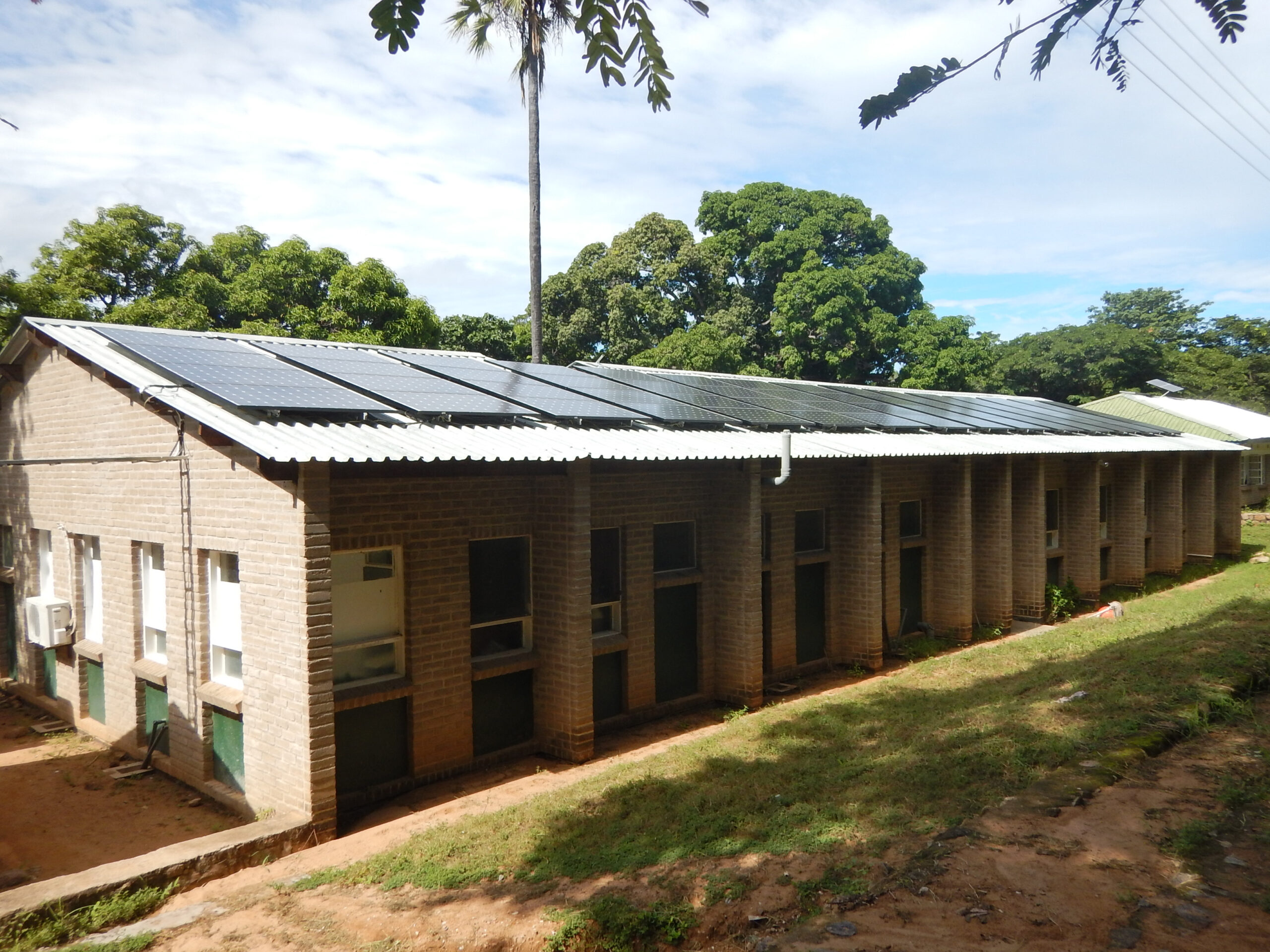
A remote heath centre with Dulas solar system
Q: How easy is it to apply this experience to the UK?
A: There are definitely challenges! Obviously, we don’t get anything like as much sunlight here in the UK as they get in equatorial Africa and other parts of the tropics, and while solar provides a more constant energy supply than wind, the amount of energy fluctuates with the weather and, of course, completely disappears at night. The dual challenge is therefore to find the most efficient way of obtaining the sun’s energy and then the most efficient way of storing it.
When it comes to generation, roof-mounted panels are limited by how many panels will fit on the roof, so we’re also looking at alternative ground-mounted options. In terms of storage, current lead-acid batteries are heavy and bulky, and lithium ion batteries need careful management, and here we are exploring more nimble alternatives. These include methanol fuel cells and even super capacitors but, for now at least, these are practical only for low-power systems. For example, they can be used to store power for running off-grid CCTV security cameras at remote sites.
For EV charging, an AC charging point is limited to the rating of the battery charger on board the EV, but the EV charging point itself is less expensive. Whereas DC charging points are more expensive, as they convert the AC to DC, but can charge vehicles much more quickly.
Q: Are there any existing examples where Dulas has already provided off-grid power solutions here in the UK?
A: There are several. For example, one of our major clients, a national utilities company, has a remote valve station which previously required regular visits by their staff whenever adjustments to the valve settings were required. These adjustments are now done through telemetry, with power supplied by a combination of solar panels and a lead-acid battery.
We’ve also provided solar and battery combinations for industrial sites that are self-sufficient now with regards to their use of energy.
Q: Do you see the demand for off-grid power generation growing?
A: It’s pretty much inevitable, given the ever-increasing demand for electricity, especially with the growing numbers of EVs. For example, many companies, including major utility suppliers like the water companies and Network Rail, often need to check remote monitoring equipment at off- or weak-grid sites up and down the country. Such sites could be equipped with their own renewable power sources and batteries, as happened with the valve station.
There’ll always be some in-person visits necessary, too, so the challenge of getting people to and from the sites remains, especially once fossil fuels cease to be an option for powering their vehicles and equipment. Any EV driver will be familiar with ‘range anxiety’ and the hunt for an available charger before their vehicle runs out of power, and that can be on our main motorway network. Transfer the problem to remote rural locations and the appeal of having a good number of self-contained charging points becomes immediately apparent. We’re already working with a national utilities company to develop a series of charging points for its own fleet of EVs – I see this infrastructure being fully up-and-running within five to ten years.
Even though the UK Government has put back its 2030 deadline for banning the sales of petrol and diesel cars, the demand for EVs will continue to rise, requiring further development of the infrastructure needed to support them. With rising pressure on the grid, we’re proud here at Dulas to be developing solutions which offer our clients – many of whom provide essential services to industry and the public at large – alternative, sustainable solutions.

Nick Smith
Senior Electrical Engineer
For further information, feel free to get in touch.
Email: info@dulas.org.uk
Renewables Tel: 01654 705 000



